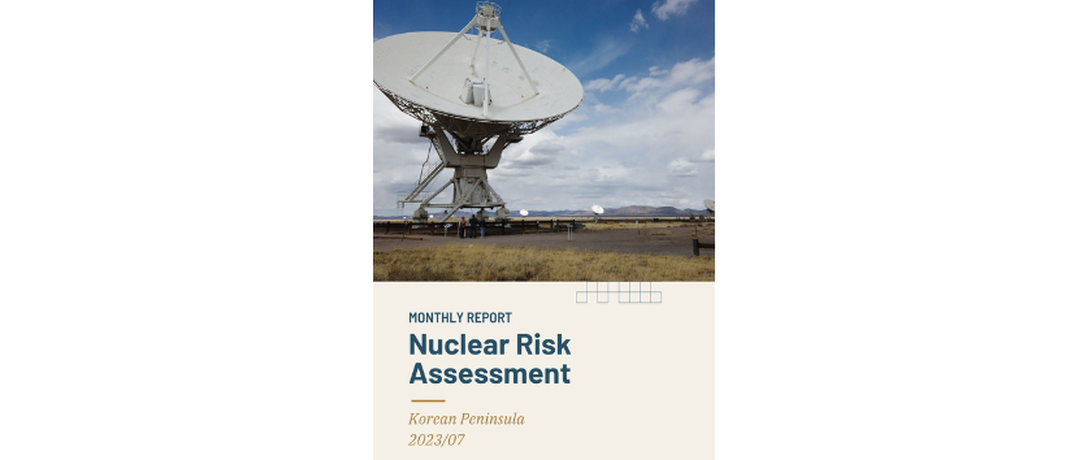
Nuclear risk can emanate from various factors. These range from the more obvious military developments and incidents that could lead to increased tensions and possibly even nuclear misuse, to the often overlooked domestic and external contexts in which a country perceives its circumstances and, based on those perceptions, makes decisions that have direct or indirect implications for nuclear risk.
In an attempt to more comprehensively assess nuclear risks on and around the Korean Peninsula, this monthly Report examines the DPRK’s and the ROK’s nuclear and military spheres, as well as activities and policy decisions across main domestic and foreign policy spheres that could impact nuclear risks.
Key Takeaways in July
- Nuclear
The DPRK conducted its second test-launch of the new solid-fuel Hwasong-18 in July. The launch footage, as well as the language DPRK media used to describe the Hwasong-18, suggests the missile may be one step closer to deployment. The DPRK also held a military parade showcasing major components of its strategic arsenal in the presence of Russian and Chinese delegations. These developments reflect the DPRK’s intention to further solidify its status as a full-fledged nuclear-armed state. They also show Pyongyang’s increasingly clear intention to develop capabilities for both nuclear warfighting and strategic deterrence vis-à-vis the United States and the ROK. In an apparent response to the inaugural meeting of the US-ROK Nuclear Consultative Group and a US nuclear-armed ballistic missile submarine visit to the ROK, the DPRK launched several missiles and warned that the increased presence of US strategic assets in the region may fall under the use conditions of its new nuclear law. The reference to the nuclear law, however, appears to be a warning rather than signalling an immediate kinetic action.
- Military
The DPRK issued a series of statements condemning what appeared to be normal US reconnaissance aircraft activities. The statements might have been triggered by US-ROK efforts to strengthen extended deterrence. The DPRK also featured two large drones in its "Weaponry Exhibition-2023" and the 27 July military parade commemorating the Korean War armistice. The drones could in theory observe all of the ROK territory when flying within the DPRK’s own airspace, providing support to the operations of the Strategic Rocket Force.
- Political
In July, developments in both Koreas appeared to further solidify distanced inter-Korean relations, with neither side showing any indications that they expect an improvement in ties in the near term. While the willful crossing into the DPRK by a US service member may increase tensions between the DPRK and the United States, it could potentially result in direct US-DPRK communication, depending on the DPRK’s handling of the case. The presence of Russian and Chinese delegations at the DPRK military parade appeared to suggest the two UNSC member states’ tolerance for the DPRK’s nuclear weapons program, and Russia and the DPRK expressed a clear intent to further cooperation in the field of national security.
Article Details
Published
August 10, 2023
Written by
Tianran Xu
Jaewoo Shin
Elin Bergner